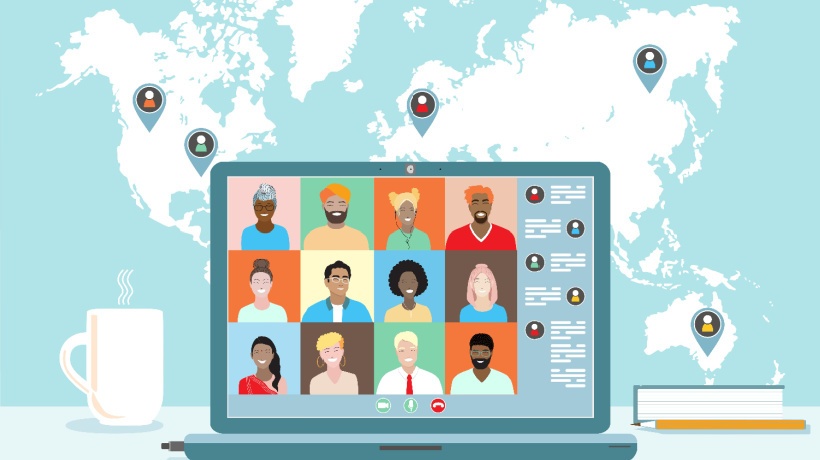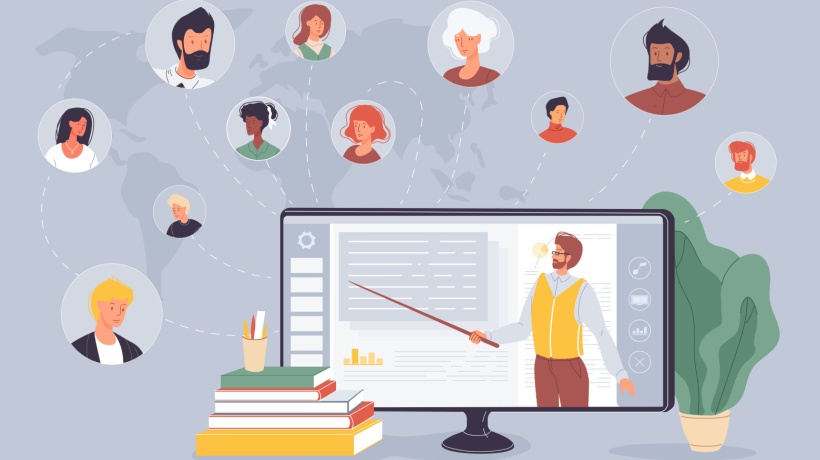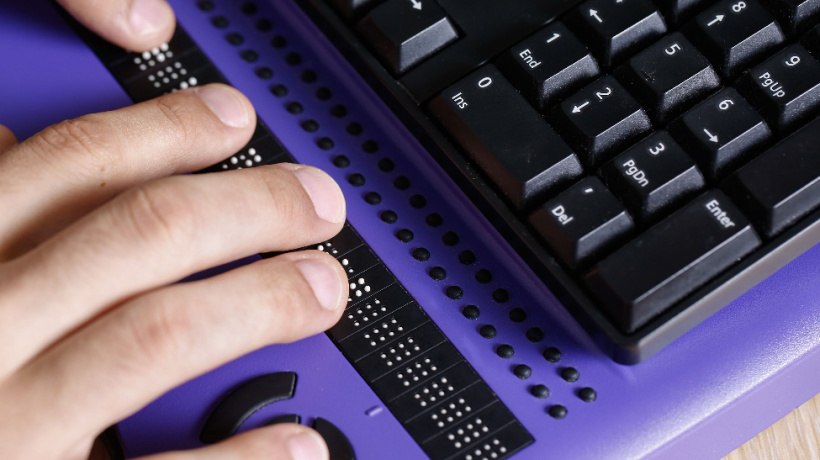Promoting Equal Education Opportunities With eLearning
Over the last several years, eLearning has become a normalized aspect of education across the world. While there have been some difficulties for schools undergoing the transformation, the benefits coming from eLearning are staggeringly positive. Particularly, eLearning’s ability to make education more equitable for masses of students across the world is proving to be an extremely beneficial addition to the current educational system. Understanding how eLearning is achieving this aim is key to gaining perspective on the ways that education is evolving. Here is how eLearning is changing the game for equal education opportunities.
How eLearning Is Helping Education Evolve And Become More Equitable
Before understanding how eLearning is making learning more equitable, it can help to gain a sense of the broader ways it is helping education evolve. Put simply, eLearning is a broad term that covers any education that is conducted over electronic media. Though it is closely related to digital learning, the term digital learning refers to any learning that involves digital technology, even when done with children attending in-person classes.
Though some forms of technology have been introduced in schools in the past, it’s never been done in such an impactful way. By taking advantage of digital and computer technology to educate students, teachers are able to be more effective in their roles. Beyond this monumental development, eLearning also makes learning more enjoyable for students, further motivating them to apply themselves to academic pursuits.
In addition to improving the educational experience for both teachers and students, eLearning is also making education more accessible to a wider range of students. To get a better sense of how eLearning is helping the educational landscape become more egalitarian, it’s key to explore some specific impacts that this new form of learning is having.
The Impact Of eLearning On Equitable Education
1. Making High-Quality Education More Accessible
For decades, increasing access to high-quality education resources has been a huge issue for schools throughout the country. From having trouble hiring enough teachers to some children living in remote areas, giving more students access has been difficult to accomplish. Fortunately, eLearning has presented itself as a viable and effective solution to this problem.
eLearning offers all students, regardless of where they are, an opportunity to take advantage of educational resources. All that students need is an internet connection to be able to access eLearning platforms. As a result, eLearning is making education more equitable by offering more students an equitable amount of access to educational resources.
In addition to helping students in remote areas, eLearning also makes high-quality education available to students from underserved communities. In this way, students from all areas can now access similar educational resources that can have a dramatic impact on how they develop throughout their academic careers. Consequently, eLearning is having a major impact on the equality of education by making it more accessible to a wider array of students.
2. Making Education More Flexible
For decades, education has mainly been provided to students in a traditional fashion involving students attending school for a certain amount of time each day. Today, however, eLearning is helping to disrupt this pattern in key ways and make education more flexible for students in a number of exciting ways.
One aspect of eLearning that many educational institutions are beginning to test is asynchronous learning. Essentially, this is the practice of not having set times for classes and allowing students to learn at their own pace. The medium of eLearning is more conducive to this form of education and is changing how many students learn and engage in educational pursuits. This is especially useful for students who need extra help with classes such as speech therapy or anger management.
While some students respond better to strict structures, others have a more difficult time learning in this fashion. This one-size-fits-all approach that education has traditionally taken is clearly flawed as it serves some students more than others. Thankfully, eLearning is providing a space for all types of students to thrive by allowing more flexible options. In this way, eLearning is clearly making education more equitable by providing more students with learning options that are conducive to their learning styles.
3. Making Personalized Education More Available
In the past, parents who wanted their children to experience more personalized forms of education either had to seek out specific charter schools or spend copious amounts of money on private schools. Obviously, this highlights a problem of those with more resources having access to personalized education while those with limited resources don’t.
eLearning, however, has begun to turn this idea on its head. Rather than only some students having access to personalized learning options, eLearning practices have made it far easier for all schools to offer personalized education. As a result, more students are now getting a chance to have their academic experiences tailored to their specific needs.
Personalized learning gives all students a chance to reach their full academic potential and quality for admission into the top universities. As a result of making personalized education more accessible to a larger number of students, it’s clear that eLearning is making education more equitable.
4. Making Lifelong Learning More Common
For many students, learning is an act that is only engaged during school. As a result, once students graduate, they typically refrain from engaging in any other significant learning endeavors. Thankfully, eLearning is making education more accessible for everyone and is encouraging people to continue learning throughout their lives.
Some groups of people who benefit significantly from eLearning include people who didn’t initially pursue higher education after high school and those in certain professional fields. For those who haven’t previously attended a higher education institution, eLearning makes it easier to pursue higher education while working full-time. For those in certain professional fields, eLearning provides an opportunity to keep up with progressions in certain sectors.
Ultimately, eLearning is proving to be an extremely beneficial advancement in education given its ability to help people further their education throughout their lives. This being the case, it’s likely that eLearning is a trend that will be here to stay in the years to come.
eLearning Is Revolutionizing Education
From making education more accessible to offering more flexibility to students, eLearning is bringing many benefits to education. The disruption to traditional education that eLearning is bringing with it is proving to be beneficial in a multitude of ways. As time goes on, it’s likely that eLearning will continue to make substantial impacts on people’s lives and revolutionize the way people learn.









